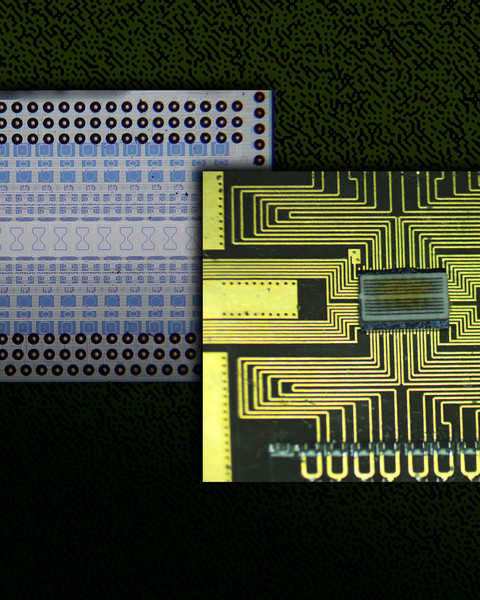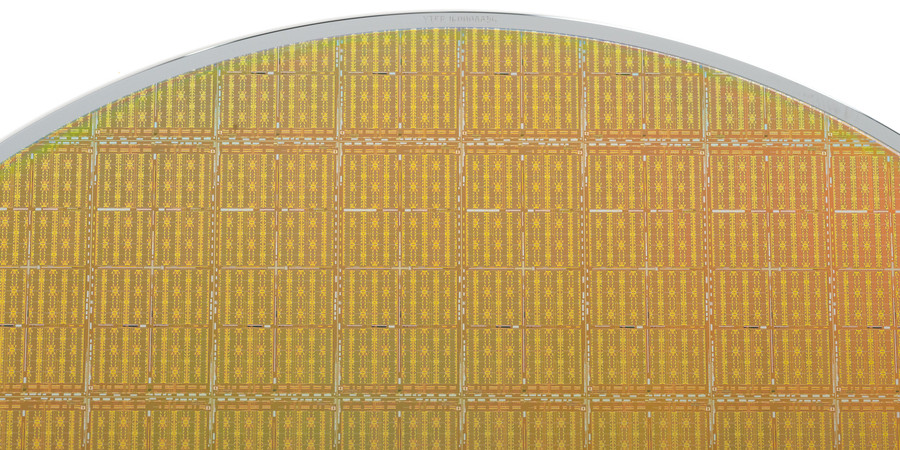February 20, 2025
The use of terahertz waves, which have shorter wavelengths and higher frequencies than radio waves, could enable faster data transmission, more precise medical imaging, and higher-resolution radar.
But effectively generating terahertz waves using a semiconductor chip, which is essential for incorporation into electronic devices, is notoriously difficult.
Many current techniques can’t generate waves with enough radiating power for useful applications unless they utilize bulky and expensive silicon lenses. Higher radiating power allows terahertz signals to travel farther. Such lenses, which are often larger than the chip itself, make it hard to integrate the terahertz source into an electronic device.
To overcome these limitations, MIT researchers developed a terahertz amplifier-multiplier system that achieves higher radiating power than existing devices without the need for silicon lenses.
Complete article from MIT News.
Explore
MIT Engineers Advance Toward a Fault-tolerant Quantum Computer
Adam Zewe | MIT News
Researchers achieved a type of coupling between artificial atoms and photons that could enable readout and processing of quantum information in a few nanoseconds.
New Chip Tests Cooling Solutions for Stacked Microelectronics
Kylie Foy | MIT Lincoln Laboratory
Preventing 3D integrated circuits from overheating is key to enabling their widespread use.
Analog Compute-in-Memory Accelerators for Deep Learning
Wednesday, April 30, 2025 | 12:00 - 1:00pm ET
Hybrid
Zoom & MIT Campus




